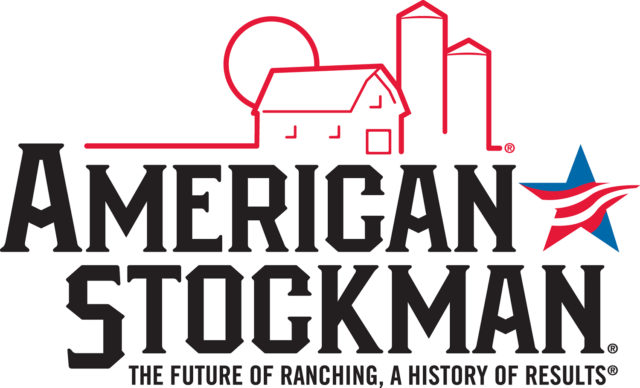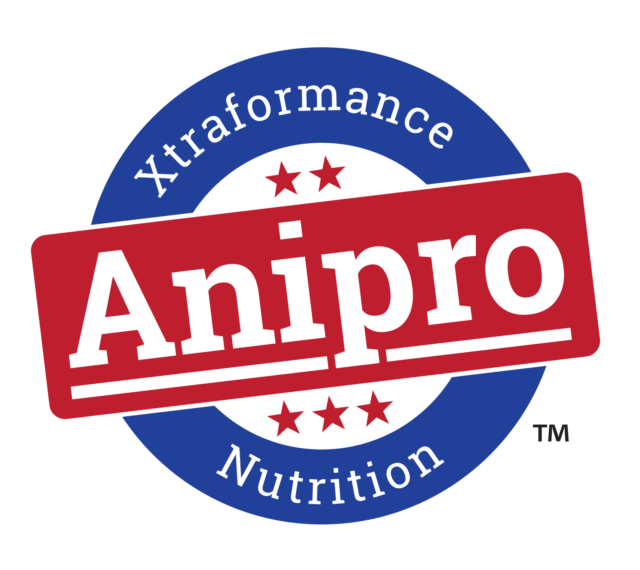If a producer is seeking a premium for weaned, preconditioned calves, or retains ownership through harvest, it is important to get calves transitioned as easily as possible to minimize health problems.
Wilson Gray, a retired extension economist with the University of Idaho, says a big factor that may affect price is the kind of preconditioning program calves have gone through. “Once a feedlot gets to know cattle from a particular operation (and those calves perform well), they are willing to pay more,” he says.
Many feedlots spell out the type of preconditioning program they’d like to see. “This can mean weaning calves and holding them for three or four weeks up to a couple months before they go to the feedlot,” Gray explains.
Weaning is less stressful and calves stay healthier during preconditioning if they’ve had some preparation. This usually includes vaccinations at least two to three weeks prior to weaning – so they’ve built some immunity to the most common and devastating illnesses they might encounter.
Stress suppresses the immune system, so anything you can to do to build immunity and make weaning less stressful will keep calves healthier.
“Don’t process cattle the day you separate them, even when fenceline weaning,” says Gill. “Pre-weaning vaccinations should be given prior to that,” he says.
The weaning options
Getting calves acquainted with conditions they’ll face at weaning helps, such as putting pairs in the weaning pen or pasture a few days ahead so calves learn where the water is and how to eat from feedbunks before mama is taken away.

Fenceline weaning works well – with calves on good pasture and mama right through the fence for a few days. Weaning with nose flaps is even less stressful because the cow and calf can still be together as she dries up her milk and the calf adjusts to not suckling.
Katy Lippolis, doctoral fellow in animal and rangeland sciences, Oregon State University, says by the time you take the nose flaps out a week later, the calves are basically weaned; you can separate them from their mothers and they don’t care.
She did several studies on low-stress weaning with nose flaps for her master’s degree at Colorado State University, looking at calf performance and carcass quality along with immune response to vaccinations.
Calves weaned with nose flaps or fenceline weaned are stressed less than conventionally weaned calves and spend more time eating after being separated from their mothers, according to Lippolis.
Regardless of which weaning strategy is used, adequate nutrition is important. “We want to meet calves’ requirements and make sure we are giving them an alternative food that will increase their performance.
If you take away milk without supplying something else, you may end up hurting their immune system and physiology even before they get to the feedlot,” she says.
“Providing an alternative nutrition source could be as easy as saving your best pasture for calves,” says Lippolis. Depending on feed prices, you could also use a creep-feeding program ahead of weaning to get calves used to eating highly nutritious feed.
“With fenceline or corral weaning, spend some time with calves in the corrals or pastures,” says Gill. This not only gets them accustomed to seeing people, but it’s also distracting. Calves are curious about the person and not just focusing on mom across the fence or worrying about where she is.
You become the surrogate, and calves start looking to you for comfort. This calms them down a lot quicker.
Adding to the mix
The forage available – whether pasture or hay – will determine what kind of supplement calves might need. “I don’t like changing the diet of calves during weaning. Most people confine them and put them on feed, but this needs to be a two- to three-week process of gradually switching from forage to concentrates, giving the rumen a chance to adapt.
“If possible, keep them on grass and just start feeding a supplement if they will be put on feed later. If you have cheap byproduct feed, you can afford to feed them quite a bit during a preconditioning phase and still make it pay, but many people spend a lot of money on nutrition at this stage they don’t have to,” says Gill.
“The main thing we’re trying to do at that point is get them through the transition without illness – and then we can go to better forages, pastures or supplement strategies after they are no longer in the corral. If they are going to good grass after weaning, why put them on concentrate and then kick them back out to grass?
They just need something that’s low-starch and high in digestible structural carbohydrates and fat, such as wheat midds or soybean hulls,” he says. There are many ways to do this, and a person just needs to find what’s available. In some areas, it may be high-quality hay.
“After you get past 21 days and have the second round of vaccinations in those calves, don’t stress them again until they have a chance to establish immunity against respiratory disease,” says Gill.
Nutritionally, most calves in the preconditioning phase need about 13 to 15 percent protein. “What they eat needs to be highly digestible, without much starch. Don’t overwhelm the rumen with too much starch. They need a high-quality diet the first two weeks; then you can transition back to grass unless you are putting them on a starch diet – and then you need to be careful to not create acidosis,” says Gill.
The return in value
Low-stress weaning and value-added calf programs that include vaccination and a certain number of days weaned before they go to market can often make the producer another $2 to $5 per hundredweight, and sometimes more.
In preconditioning/feedout programs conducted by Texas Cattle Feeders Association and Texas AgriLife Extension, preconditioned calves out-performed other calves in every stage – and only 9.2 percent of the preconditioned calves ever got sick, compared to 36.4 percent of the non-preconditioned calves. Death loss was 1.5 percent compared with 4.3 percent.
Average daily gain for preconditioned calves was 2.9 pounds, compared with 2.6 pounds for all the others. Feed conversion and carcass quality was also better with preconditioned calves. More than 50 percent of the preconditioned calves graded Choice, compared with 36.8 percent for the others.
A Kansas State University study looked at data on calves marketed during a five-year period through a Kansas livestock auction, and preconditioned calves generally brought higher prices.
Cow-calf producers who utilized a 45-day program (calves pre-vaccinated and weaned at least 45 days before sale) brought an average of $14 per head more than calves sold at weaning with no vaccinations. Economic benefits were even greater in the feedlot, showing $40 to $60 per head more at harvest for calves that were preconditioned. This is incentive to some cow-calf producers to retain ownership.
Assess pastures, feed costs, facilities and then determine which management strategy might be best for that year. “Find a strategy that will add value to calves, doing what you can to prepare them for the feedlot. The strategy may change from year to year, depending on the market, weather, feed costs, etc.,” says Lippolis.
If you have good fall pasture, you might just use a low-stress weaning strategy and put calves on pasture and retain ownership longer. “If corn is cheap, you can put calves on creep a couple weeks before weaning and use a low-stress weaning method,” she explains.
“Calves will be heavier at weaning and also have the advantage of knowing how to eat feed before they get to the feedlot. Every step of the way, if you can take away some of the newness or abrupt changes, the more you can reduce the stress they will experience when they get there.” ![]()
PHOTO 1: Calves weaned in a corral learn how to eat at a feedbunk. Photo by David Bohnert.
PHOTO 2: These Angus-sired calves out of Beefmaster cows are being weaned in a corral next to their mothers. Photo provided by Ron Gill.
Heather Smith Thomas is a freelance writer based in Salmon, Idaho. Email Heather Simth Thomas.









